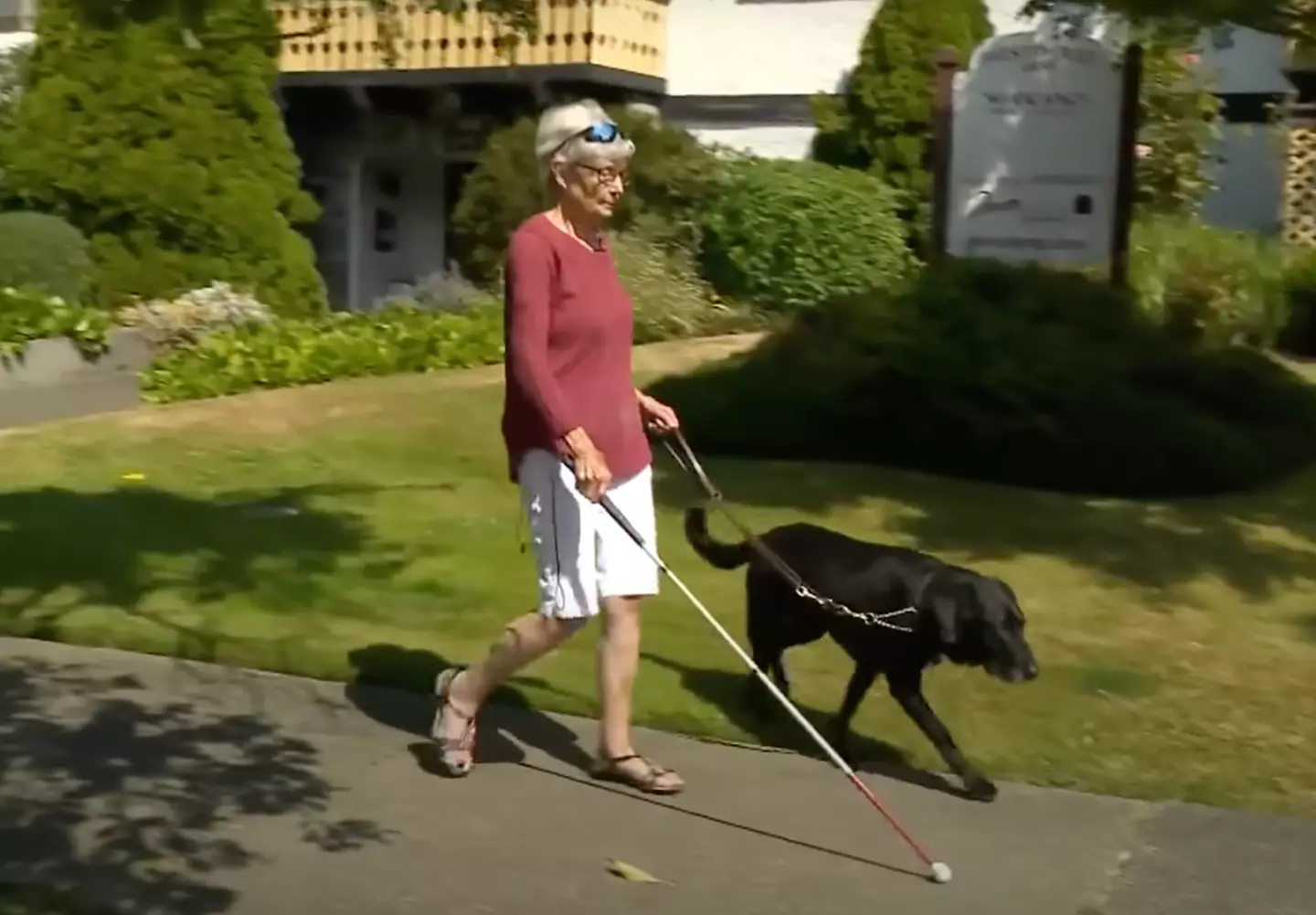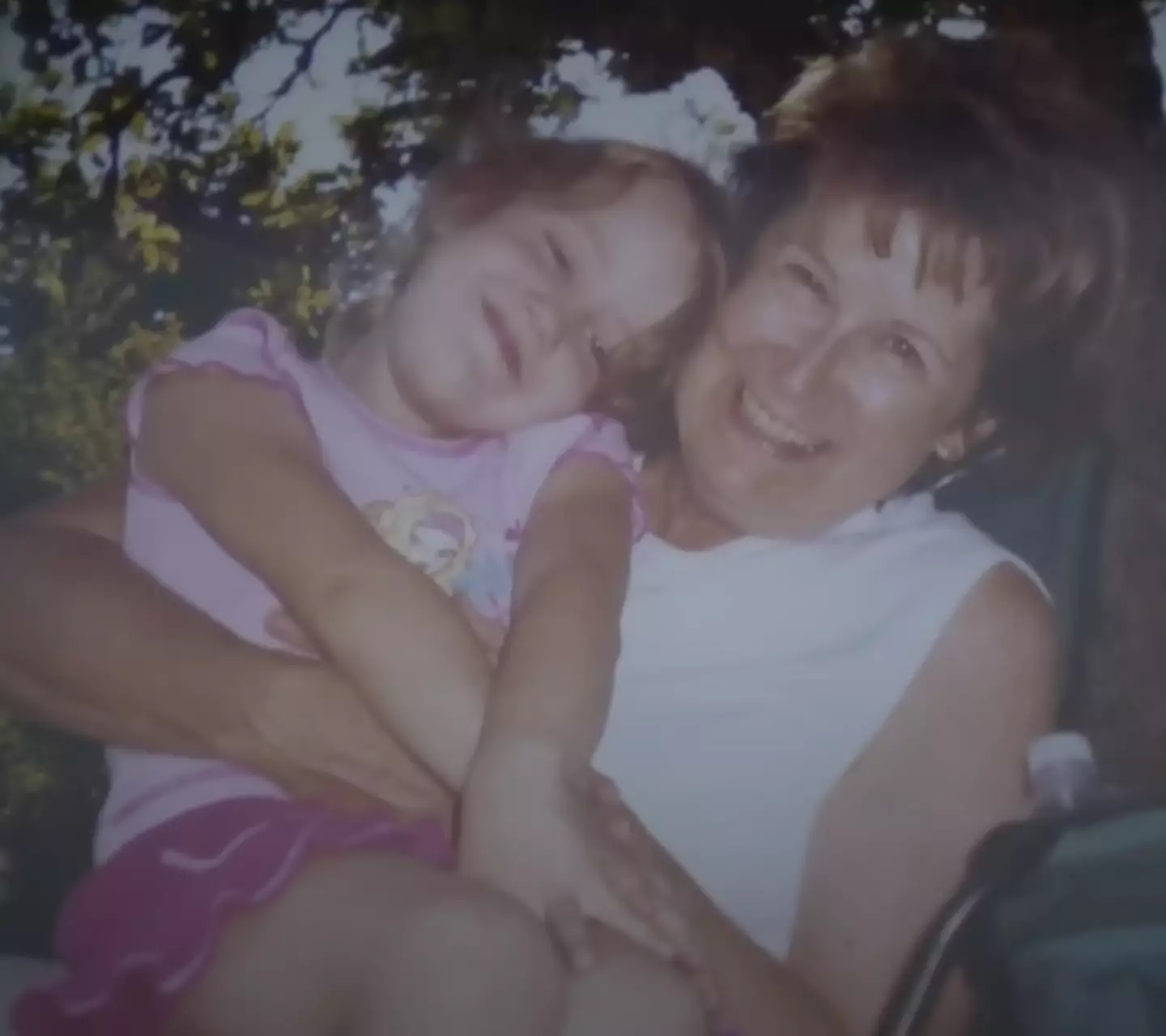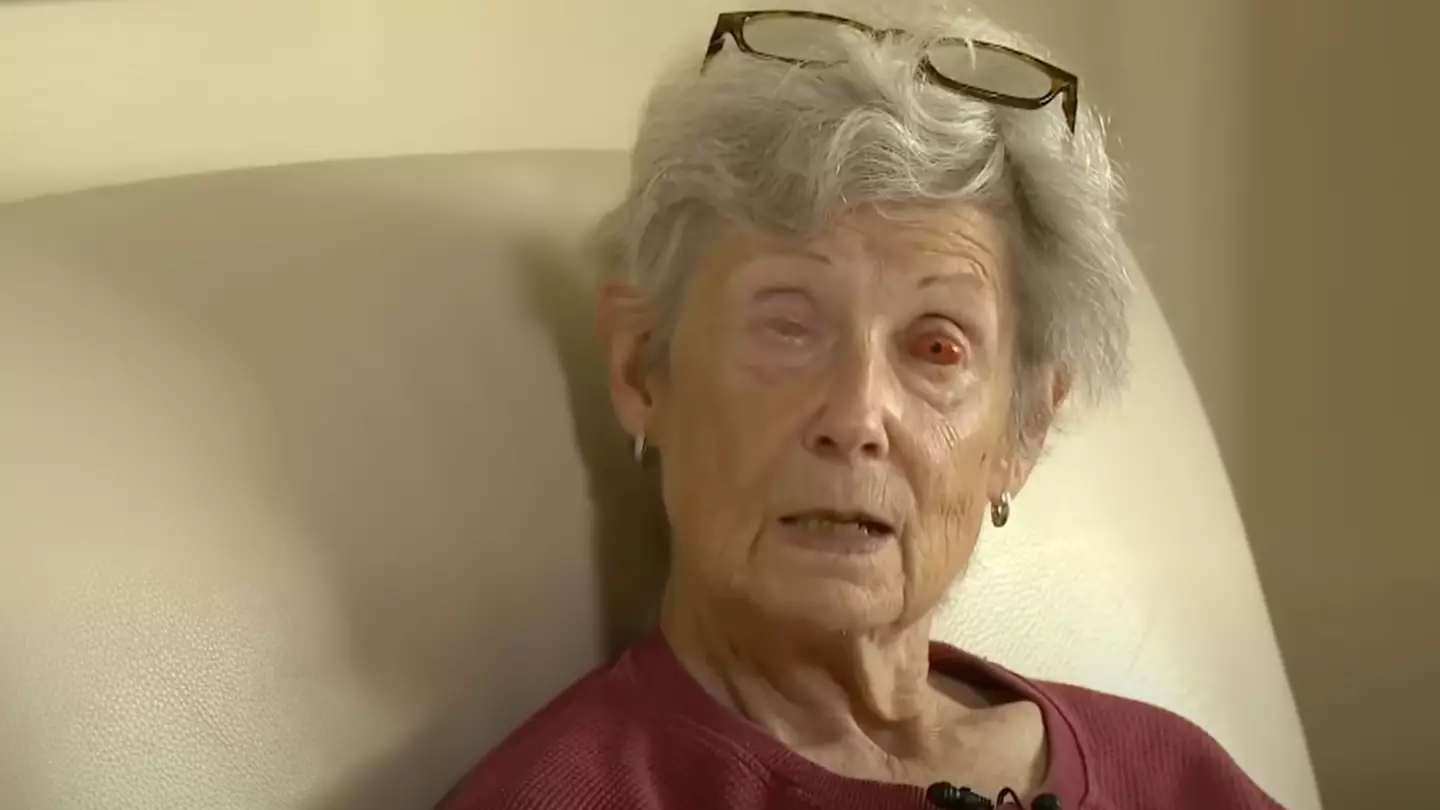After a decade of blindness, a woman has regained her sight due to a remarkable surgical procedure.
Gail Lane is the first person in Canada to have her vision restored through the ‘tooth-in-eye’ surgery, formally known as ‘osteo-odonto keratoprosthesis’. This complex procedure involves utilizing a tooth to anchor an artificial cornea.
At 75, Lane faced blindness resulting from an autoimmune disorder that caused scarring on her corneas over ten years ago.
Residing in Victoria, British Columbia, Lane was one of three individuals in Canada who underwent this innovative surgery earlier this year.
In an interview with CBC News, she shared, “I can see lots of colour and I can see outside now. The trees and the grass and flowers, it’s a wonderful feeling to be able to see some of those things again.”
Despite still not seeing the world as clearly as before, Lane is optimistic about the gradual improvement and finds excitement in the ongoing process.
“I’m starting to see facial features on other people as well, which is also pretty exciting,” she mentioned. “I’m hoping to have more mobility and independence in terms of short trips and walks here and there where I don’t always have to have someone’s arm for me to grab onto.”
She looks forward to new experiences, stating, “I’m just looking forward, really, to seeing what I can do or do again – and trying to just be patient and let my brain adjust a bit because that’s another big part of this.” She also noted, “It’s been a long, it’s been a long wait, but well, well worth it.”

Lane has begun recognizing the faces of her loved ones, including her partner, whom she had never seen due to their relationship beginning during her blindness, and their Labrador, Piper.
Post-surgery, she was thrilled to perceive light and see her dog’s tail wagging.
With new glasses on the way, Lane is hopeful of seeing her own reflection for the first time in years.
The procedure was performed by Dr. Greg Maloney at Mount Saint Joseph Hospital in Vancouver. He replicated a surgery he has observed in other countries.

Dr. Maloney explained, “It’s a complex and strange operation, but it basically involves replacing the cornea.”
The surgery involves extracting a tooth from the patient, embedding it in their cheek to develop sturdy connective tissue, and later installing a lens into it. This modified structure is then placed into the eye socket.
“We need a structure that is strong enough to hold onto the plastic focusing telescope, but is not going to be rejected by the body,” Moloney concluded.

